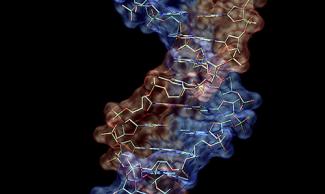
The Convention on Biological Diversity (CBD) was adopted in the Nairobi Conference in 1992. It was opened for signature at the Rio Earth Summit and entered into force in 1993. The first session of the Conference of the Parties was held in Nassau, Bahamas in 1994. The Program of work for Article 8(j), which is related to Traditional Knowledge, was concluded in 2020 after 20 years of development with the participation and advocacy of Indigenous Peoples and local communities.
As an Indigenous woman and member of the Indigenous Women Network on Biodiversity from Latin America and the Caribbean, I have been participating for several years in the CBD meetings. In 2012, I was invited to a side event on Synthetic Biology in Montreal, Canada. A small group of Indigenous Peoples participated in that event, where scary questions were raised, such as: Are you aware that you are eating synthetic rice, salmon, and cacao? Do you know the difference between a natural, organic product and an artificial product? I wanted to understand Synthetic Biology within my Indigenous cosmovision.
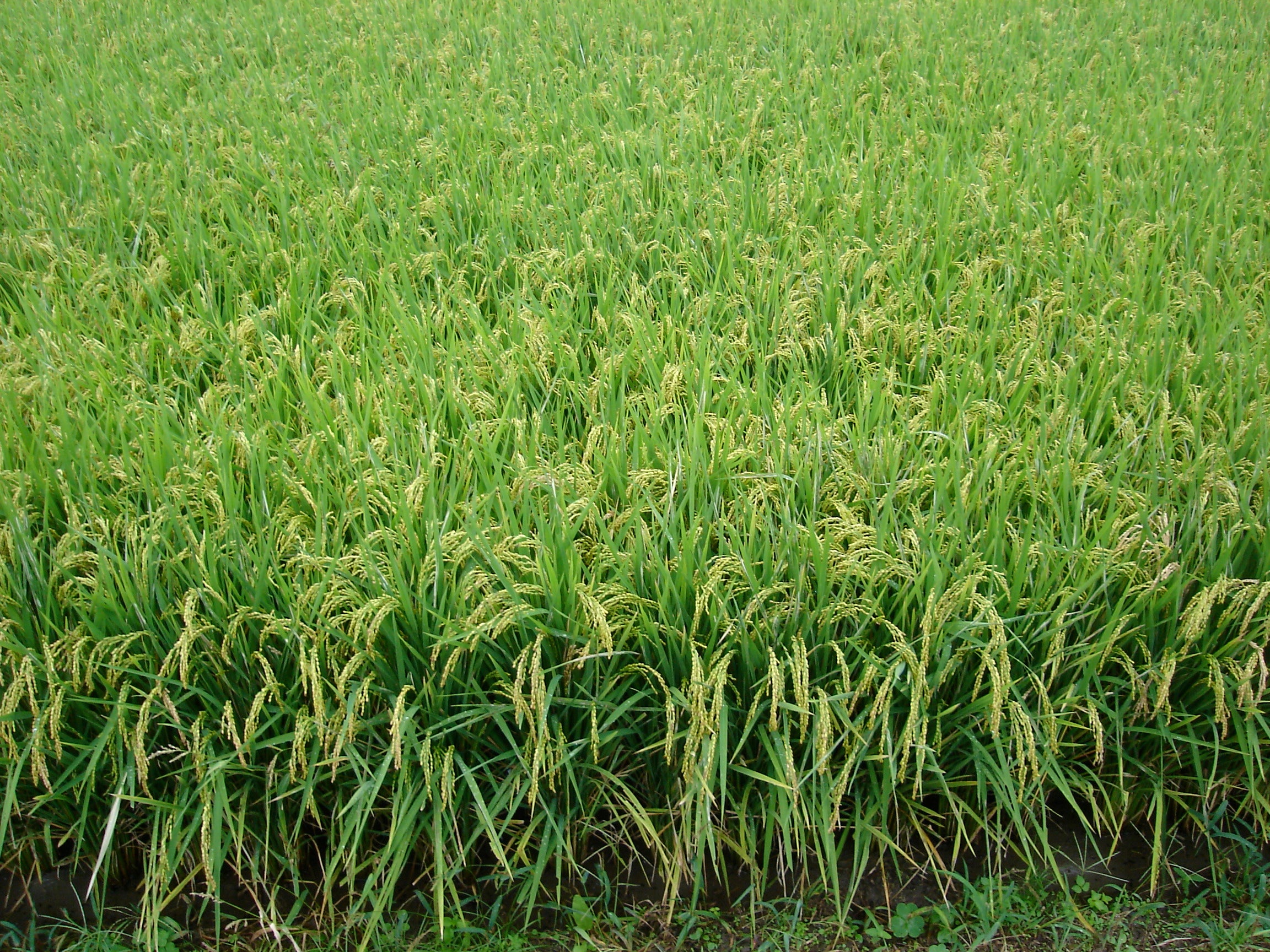
In Kichwa epistemology, Mother Earth is alive and sacred. She has secret, sacred, seen, and unseen beings. Our universe is composed by Jawa Pacha (Upper World: Sun, Moon, stars, Vialactea), Kai Pacha (This World: Mother Earth, ecosystems, ecological niches) and Uku Pacha (Below World: spiritual beings). These three worlds are interconnected and each one has different elements and defined roles. Indigenous Peoples also pay great attention to the beings, roles, and colors of the sacred directions: North, South, East, West, Center, Above, and Below. At the side event, we received a lot of information on biotechnologies. My question was how these new biotechnologies could be understood by Indigenous Peoples and what could be done to include our views in national and international meetings.
Within the CBD, we have discussions on Synthetic Biology and new biotechnologies such as gene drives and Digital Sequence Information. Many of these biotechnologies are already in use, while others are in the process of development in laboratories and will be tested in the field of several countries and places where Indigenous Peoples are currently living. The consequences and impacts of these new technologies on human beings and Mother Earth are unknown.
During 2020–2022, Indigenous Peoples and local communities faced challenges to participate in discussions and negotiations of the Global Biodiversity Framework Post 2020 and new and emergent issues. To have full and effective participation, Indigenous Peoples and local communities must have clear information about these new technologies and their impacts on our livelihoods to be able to make good decisions in these international meetings. We must ensure the inclusion of a human rights framework and the well being of our communities and the care of Mother Earth in accordance to the CBD objectives, Article 8(j) on Traditional Knowledge, innovations and practices of Indigenous Peoples, the Nagoya and Cartagena Protocols, and voluntary guidelines such as the Mo’otz Kuxtal Guidelines on Free, Prior and Informed Consent and the Tkarihwaié:ri Code of Ethical Conduct.
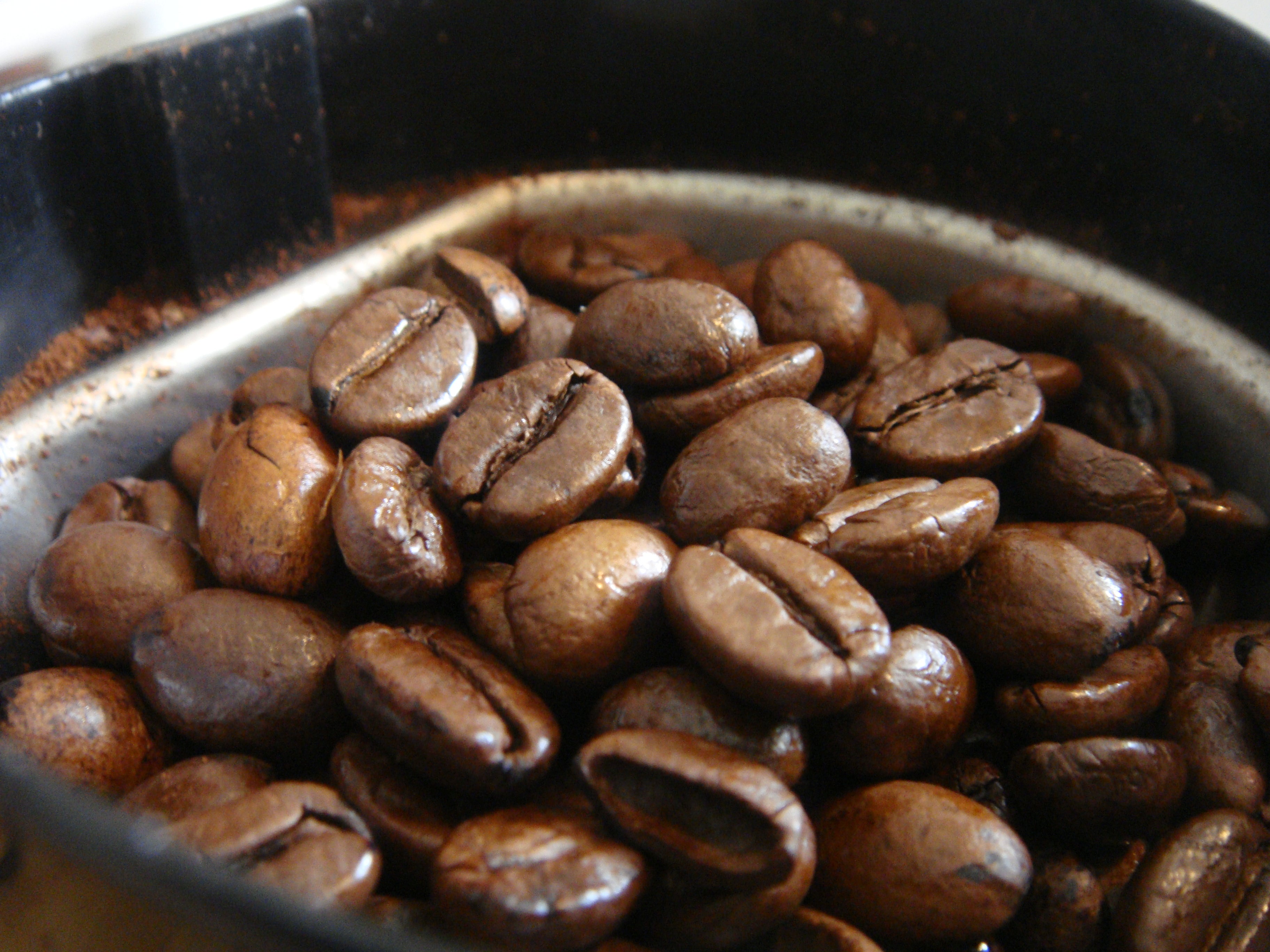
Biotechnology is about the use of biology to solve problems and make useful products. The most prominent area of biotechnology is the production of therapeutic proteins and other drugs through genetic engineering. Genetic resources are used by genetic engineering to develop products that will harm humanity, Indigenous Peoples’ livelihoods, and Mother Earth. There are different types of genetic resources from animals, plants, and microbes that are used for research and commercialization in different sectors such as pharmaceuticals, seeds and plantation protection, personal care and cosmetics, and botanical and horticulture. These genetic resources, in which Traditional Knowledge is also linked, are used without the Free, Prior and Informed Consent of Indigenous Peoples.
In the CBD meetings on new and emergent issues, various social actors, including Indigenous Peoples, participated in Ad Hoc Technical Groups in 2015, 2017, and 2019 to consider the potential benefits and adverse impacts of synthetic organisms created for diversity conservation and sustainable use. The Group’s 2015 report defines synthetic biology as “a further development and new dimension of modern biotechnology that combines science, technology, and engineering to facilitate and accelerate the understanding, redesign, manufacture, and/or modification of genetic materials, living organisms, and biological systems.” In these three expert meetings, Western scientists emphasized the importance and useful role of the products coming from synthetic biology. For them, Mother Earth was only a material being for humanity’s benefit. These scientists are in favor of synthetic biology to replace the use of genetic resources and make massive production of several things with less cost and gain millionaire profits.
In 2017 and 2019, I was one of only two Indigenous representatives invited to participate. We explained our views, and with the support of some allies, advocated to include in the CBD technical texts the cultural meaning of Mother Earth, the importance of relationships, and Indigenous Peoples’ demands regarding synthetic biology. In the 2019 report, “It was noted that for [Indigenous Peoples and Local communities], natural elements are living entities. It was recalled that the Free, Prior Informed Consent of potentially affected IPLCs should be sought or obtained. It was pointed out that multiple dimensions need to be considered when assessing the current state of knowledge, including environmental, human health, cultural, socioeconomic, and ethical dimensions as well as the implications in the conservation and the cultural practices of IPLCs. It was noted that the magnitude of impacts of Synthetic Biology, positive or negative, should be assessed on a case-by-case basis, considering a broad range of areas beyond an environmental context.”
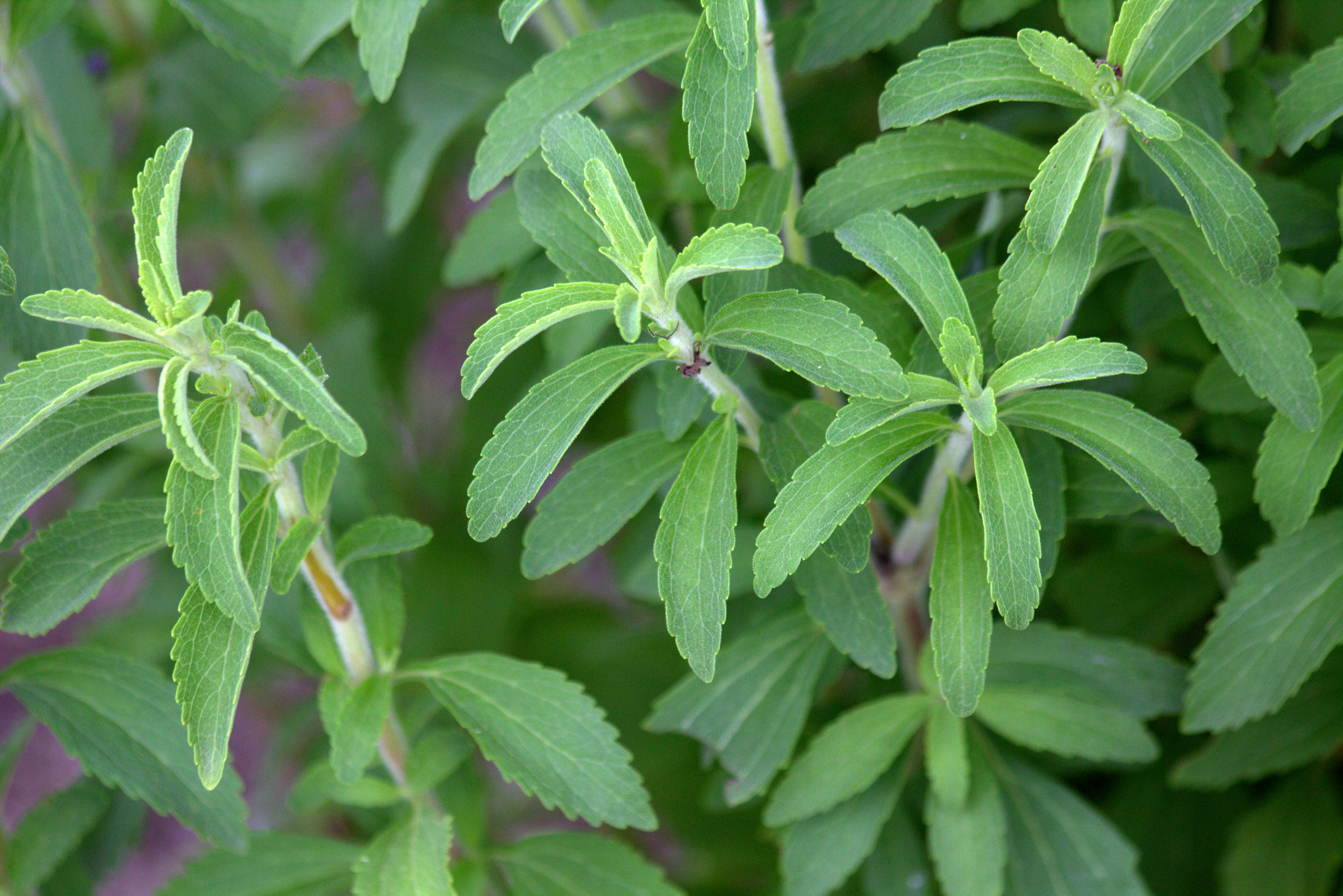
Indigenous Peoples from Paraguay are the original stewards of the stevia plant. Photo by Manuel M.V.
Today, the global market is already selling synthetic vanilla, rice, cacao, coffee, sugar, salmon, and perfume without giving consumers clear information about the components of these products. There are many companies in the United States and Europe in the synthetic biology industry that are violating Indigenous Peoples’ human rights. For instance, stevia is a plant from Indigenous Peoples from Paraguay. One of its components is being used to mass produce stevia for the global market. Indigenous Peoples who are the original owners of this plant are impoverished and not receiving any benefit from the company that commodified it.
Within Synthetic Biology there are other technologies such as gene drives and Digital Sequence Information that also affect Indigenous livelihoods, Traditional Knowledge, and benefit sharing. We need to be informed about these technologies to understand their role and impact on human beings and Mother Earth and her ecosystems. A gene drive is a type of genetic engineering technique that modifies genes so that they don’t follow the typical rules of heredity. Gene drives dramatically increase the likelihood that a particular suite of genes will be passed onto the next generation, allowing the genes to rapidly spread through a population and override natural selection. Because Synthetic Biology and other biotechnologies present ecological, cultural, and societal threats, including threats to biodiversity and national sovereignty, many social actors at COP13 demanded for the precautionary principle to place a moratorium on any further technical development and experimental application of them and their environmental release.
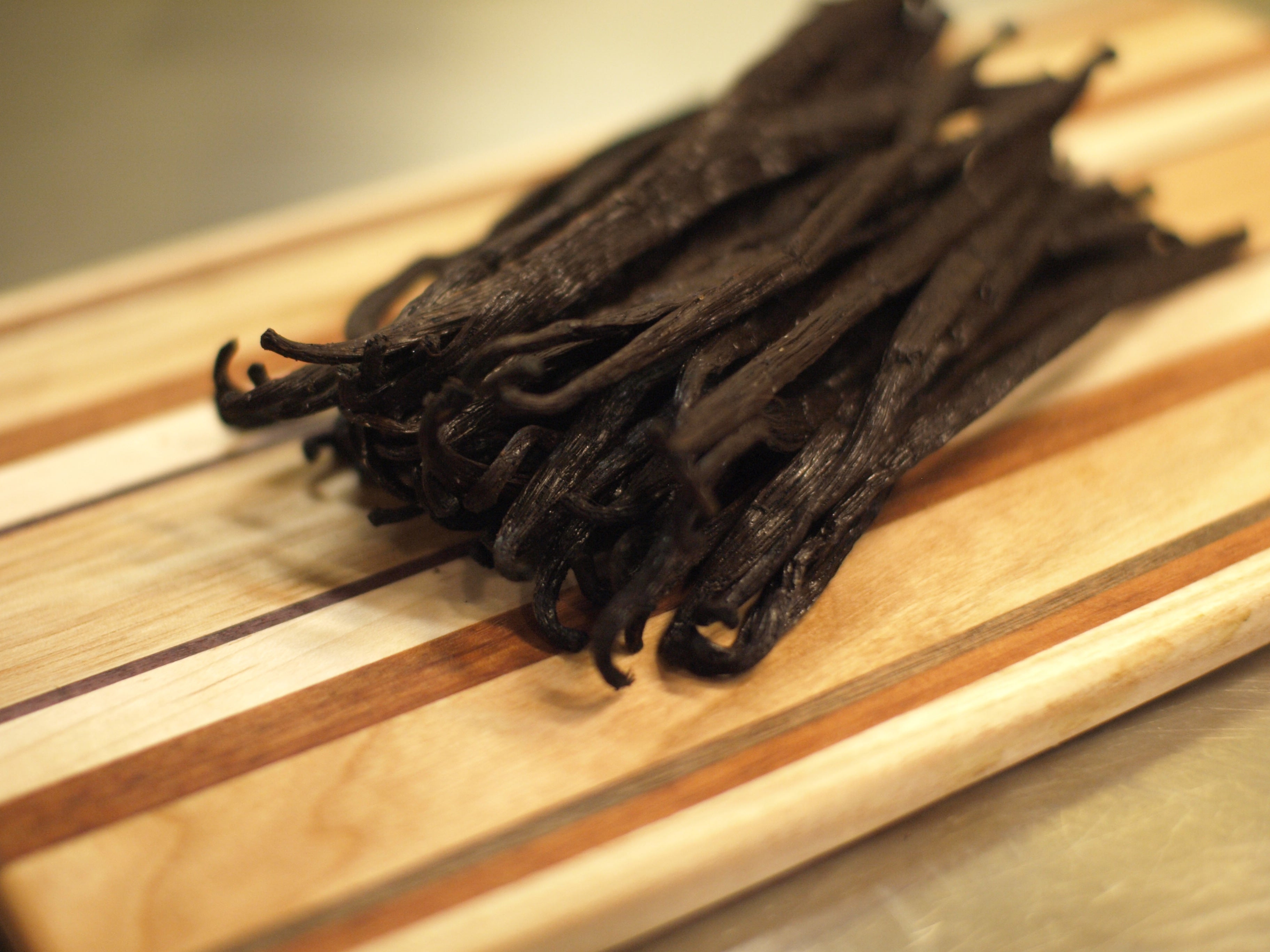
Synthetic rice, cacao, vanilla, and coffee are already being sold to consumers without clear information about the components. Photos courtesy of Erysimum9, John Loo, Ted Major, and Olle Svenson.
Digital Sequence Information came into the national and international CBD meetings in 2018 due to its link with biocommerce, access, Traditional Knowledge, and benefit sharing. Seven Indigenous representatives participated in these technical discussions. Through experience, careful observation, and participation with plants, Indigenous Peoples understood and learned about their energy, spirit keepers, uses, relationships to humans and animals, and adaptation to different landscapes, agriculture, and irrigation technologies. Humans and animals depend on the plants for their existence, and plants play important roles in Indigenous Peoples’ livelihoods and spirituality.
Synthetic Biology and other new biotechnologies are advancing with emphasis on the monetary benefits without taking in consideration the socioeconomic factors that are affecting humanity, Indigenous livelihoods, and human rights, and the care, preservation, and rights of Mother Earth for the generations to come. Capacity building for all social actors, and especially Indigenous Peoples, must be in place to have discussions and make decisions in the framework of mutual respect and understanding and in line with the UN Declaration on the Rights of Indigenous Peoples and biocultural community protocols.
—Dr. María Yolanda Teran (Kichwa) is a part-time faculty in Native American Studies and the Honors College at the University of New Mexico. Since 1994 she has been an Indigenous representative for Latin America and the Caribbean before the United Nations
